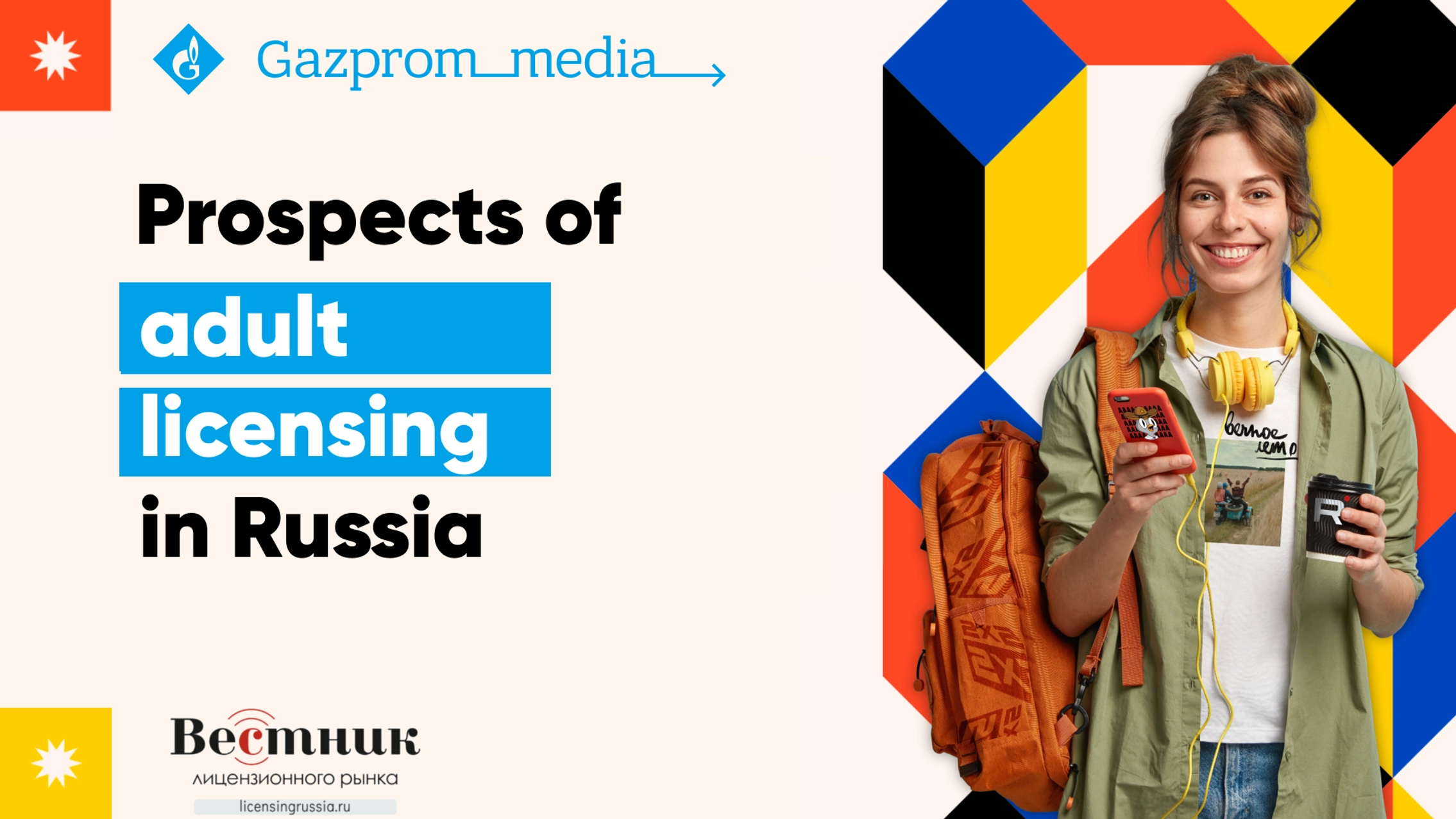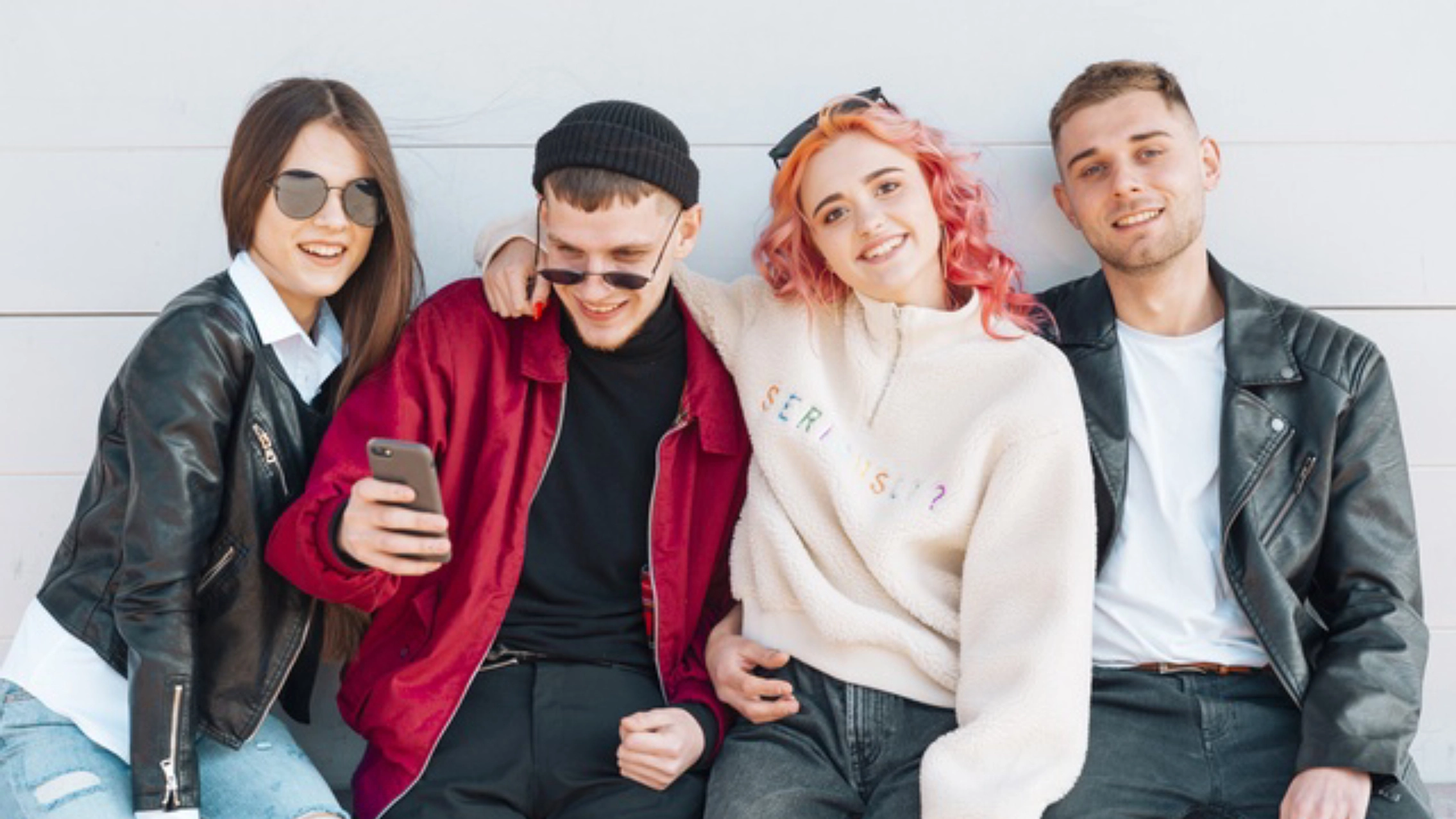
Prospects of adult licensing in Russia
The mature licensing markets are shifting from renting brands for children to more sophisticated activities related to licensing for adult audiences. This process has only just begun in Russia, and this is why it is particularly intriguing to examine the differences between the child and adult licensing and look into its other aspects.

An overview of the Russian licensing market
The licensing market is growing globally: in 2021, the profit margin was $260 billion, compared to $203 billion in 2020. In Europe and Asia, the brand supply for adults already exceeds the brand supply for children. This is caused by the growth in the volume of new quality content and the popularity of streaming services. The most future-oriented product categories are: FMCG, apparel and footwear, lifestyle, DIY, and various cross promotions, such as loyalty programs.
The licensing market has been operating in Russia for just over 20 years. Today, there are about 30 rights holders and agents. More than 80% of the licenses in the market are for children’s brands. Working with them is easier: when choosing goods, young consumers are driven by emotions, and the rational part of the purchase decision is made by parents who want to make their child happy.
On the other hand, adults make purchases guided by their emotional intelligence first and the rational approach second. At the same time, adults are a more stable audience. Their preferences do not change as those of children.

Today, the biggest rights holders are animation studios promoting their content not only on TV, but also on digital platforms and in online cinemas. Several Russian licensing agencies represent both domestic and foreign brands, including lifestyle licenses, museum brands, and sports and celebrity licenses. Licensing programs for Russian adult series and shows are emerging as well.
For the time being, the share of adult-oriented licensing brands in Russia is lower than in other countries: it is less than 20% of the licensing market. However, the growth potential of this segment is obvious. As estimated by Gazprom-Media Sales House (part of Gazprom-Media Holding), licensors have earned 7 billion rubles by 2022. After the withdrawal of foreign brands, it decreased to 5 billion rubles, and new opportunities for domestic companies have emerged, especially in the niche of offers for adult audience.
Demand for licensed products targeted at the adult audience will increase. This is partly indicated by the fact that an entire generation of brand-oriented buyers, who know and appreciate products of famous labels, has developed over 25 years of free market presence in Russia. Their consumer habits differ drastically from the preferences of previous generations. They are used to paying extra “for the brand label” and will become the payment-capable audience within the next few years.
What brands are suitable for the adult audience
Any manufacturer needs to invest a lot of effort and financial resources to shape the necessary attitude towards their products. This is particularly important when launching new product lines, where the characteristics of products are still unknown to potential buyers. Choosing a certain popular franchise with an already established set of emotions could be a universal and effective solution.
According to Eduard Ayrapetyan, Managing Director of Licensing at Gazprom-Media Sales House (part of Gazprom-Media Holding), the license is an out-of-the-box solution in the form of emotions baked into a franchise.
The cost of using someone else’s brand alongside own products is a royalty percentage that the manufacturer pays to the rights holder from each item sold. In the adult FMCG market, it would be optimal to collaborate with well-known and loved TV projects and series that are constantly in the media field.

Why adult licensing works
The tasks that marketing experts solve in the field of adult licensing are much more challenging than in the children segment. They have to constantly look for additional consumer motivations that are more subtle than direct.
Foreign practices demonstrate that adult licensing functions very well if the buyer receives an emotional response, knowledge or a quick answer to a specific consumer request through the product or product lines.
This trend manifests itself further in cases when people are overtaken by strong emotions, including negative ones. It is well-known that the demand for mood-lifting products increases rapidly during crises. Since February 2022, the Russian population has been experiencing increased levels of tension and stress. Consumers’ incomes did not change immediately, but for a short period of time, people spent significantly more money on products that helped relieve stress or soothe it with food.
Emotions and neuromarketing also work: in calm and routine situations, especially now that many famous Western brands have left the country. Surrounded by a vast array of products, buyers are at a loss and have to make a difficult choice: buy something or leave empty-handed. The same goes for offline stores and marketplaces.
Licensed products recognized by consumers evoke certain emotions (shaped, for instance, by TV content) and help them make a choice.
Another licensing trend is related to the search for new markers of trust. Not only familiar brands, but manufacturers of food and commodities, household and automotive products of known quality have also disappeared from the market. How can consumers verify the reliability of products from new manufacturers? The consumer, who has grown accustomed to saving money during several crisis years, is unlikely to want to buy the entire assortment in order to find the best product.
“Expert opinion from popular TV programs is a clear market of safe choice. Branded products from such programs will gain more trust than no-name products”, said Eduard Ayrapetyan.

PLBs or licenses?
Private Label Brands (PLBs) are at their peak, and their number is increasing. If a retail chain creates a first-price product, a classic PLB, it will work without a license.
As estimated by Romir for July 2023, 30% of buyers prefer cheaper PLB products to well-known brands. However, retail chains own dozens of PLBs in different segments, including premium ones. This is a huge number of trademarks that are not directly related to a retailer and have a smaller promotion budget.
These products can only stand out on shelves thanks to the package design or price positioning. Pasta is the same for all consumers, so PLBs come and go regularly. PLBs need promotional support in the middle and middle+ segments. Licensing can do the job.
Therefore, it is safe to say that all market players are interested in seeing adult licensing gain momentum and that the conditions are right for such a development. All that remains is to take advantage of this “window of opportunity.”
Do you want to advertise?
Send us a message right now, and our managers will get back to you right away!
What type of advertising are you after?







.png?quality=100&width=852&format=webp)

%20(1).jpg?quality=100&width=852&format=webp)

